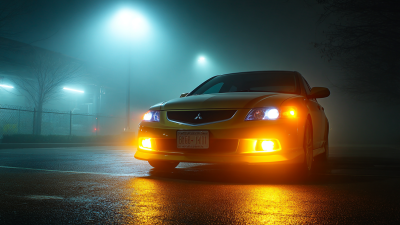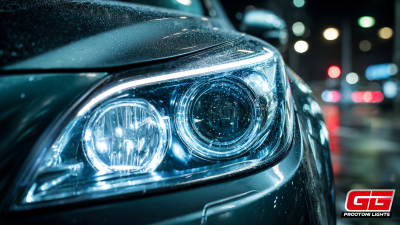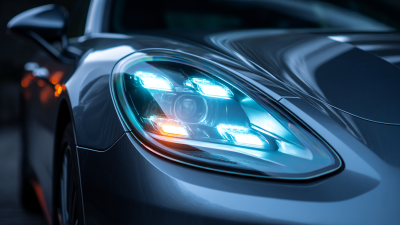As the automotive industry undergoes a significant transformation in terms of technology and sustainability, auto LED lights have emerged as a pivotal element in modern vehicle design and functionality. According to a recent industry report by Research and Markets, the global auto LED lights market is projected to grow at a compound annual growth rate (CAGR) of 10.9% from 2021 to 2027, driven by the increasing demand for energy-efficient lighting solutions and the integration of advanced driver-assistance systems (ADAS) in vehicles. These innovative lighting systems not only enhance visibility and safety for drivers but also offer design flexibility and aesthetic appeal, aligning with contemporary consumer preferences for customization. As automakers continue to push the envelope on design and technology, exploring the future of auto LED lights reveals a landscape ripe with possibilities, encompassing smarter lighting solutions that adapt to driving conditions and improve overall vehicle performance.
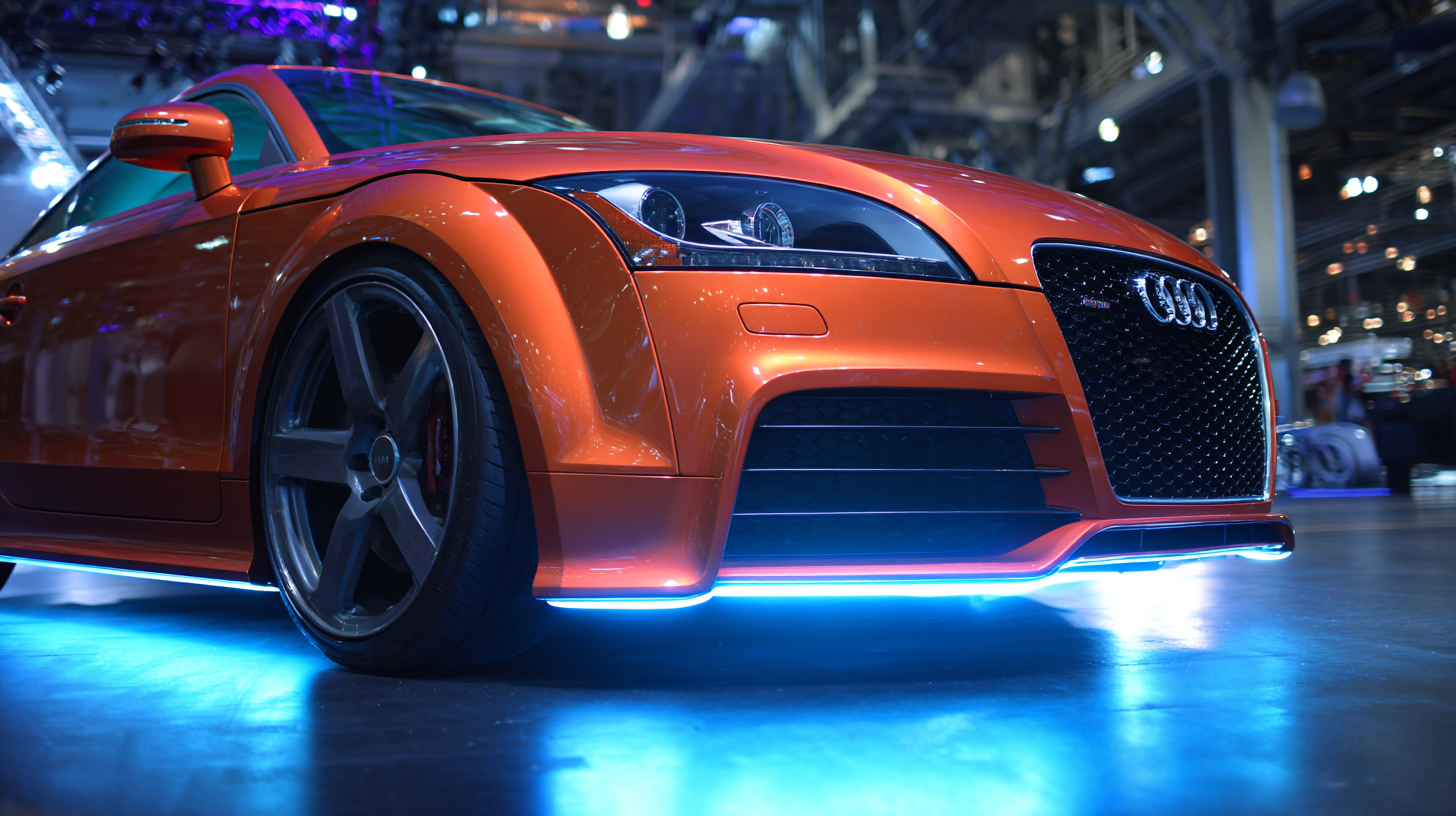
Auto LED lights have become a cornerstone in modern vehicle design, offering not just aesthetic appeal but also functional advantages. A report by MarketsandMarkets predicts that the global automotive LED lighting market will reach $30.2 billion by 2025, growing at a compound annual growth rate (CAGR) of 10.5% from 2020. One of the primary benefits of LED lights is their energy efficiency; they consume up to 80% less power than traditional halogen bulbs. This efficiency translates into reduced fuel consumption, making vehicles more environmentally friendly.
Moreover, LED lights boast a significantly longer lifespan than conventional lighting options, often lasting up to 25,000 hours or more. According to a study by the U.S. Department of Energy, the longevity of LEDs not only leads to lower maintenance costs but also contributes to vehicle safety. Enhanced visibility from LED headlights can improve driver response times by an impressive 30%. With the continued evolution of auto LED lighting technology, including adaptive and matrix lighting features, it's clear that these advancements will continue to reshape the driving experience, promoting safety and efficiency on the road.
| Parameter | LED Type | Lifespan (Hours) | Brightness (Lumens) | Energy Efficiency (Wattage) | Advantages |
|---|---|---|---|---|---|
| Headlights | HID LED | 30,000 | 3,000 | 35W | Long lifespan, high brightness |
| Tail Lights | Classic LED | 25,000 | 1,000 | 12W | Fast response time, low power consumption |
| Fog Lights | Cree LED | 50,000 | 1,500 | 18W | Excellent visibility in fog, durable |
| Interior Lights | RGB LED | 20,000 | 800 | 5W | Customizable colors, low heat |
| Turn Signals | Amber LED | 30,000 | 1,200 | 10W | Improved visibility, quick activation |
The adoption of LED lights in modern vehicles is transforming automotive design and safety. When choosing the right LED lights, it's crucial to consider the type of vehicle and its specific needs. For example, sedans typically benefit from brighter headlights that enhance visibility during nighttime driving, while SUVs and trucks require versatile lighting solutions that can adapt to off-road conditions. According to a report by the National Highway Traffic Safety Administration, switching to LED lights can improve visibility up to 200% compared to traditional halogen bulbs, significantly reducing the risk of accidents.
When selecting LED lights, keep in mind the color temperature. A range from 5000K to 6000K produces a crisp, daylight-like glow that maximizes road visibility without blinding oncoming drivers. Additionally, consider the lumen output: a higher lumen count means brighter light, which is essential for driving in poorly lit areas.
**Tips:** Always check for compatibility with your vehicle model and ensure that the lights meet local regulations. Investing in high-quality LED lights from reputable manufacturers can enhance both performance and longevity, making them a safer choice for all types of vehicles. For those wanting to upgrade their lighting systems, consulting with a professional can provide tailored advice suited to your driving habits and environment.
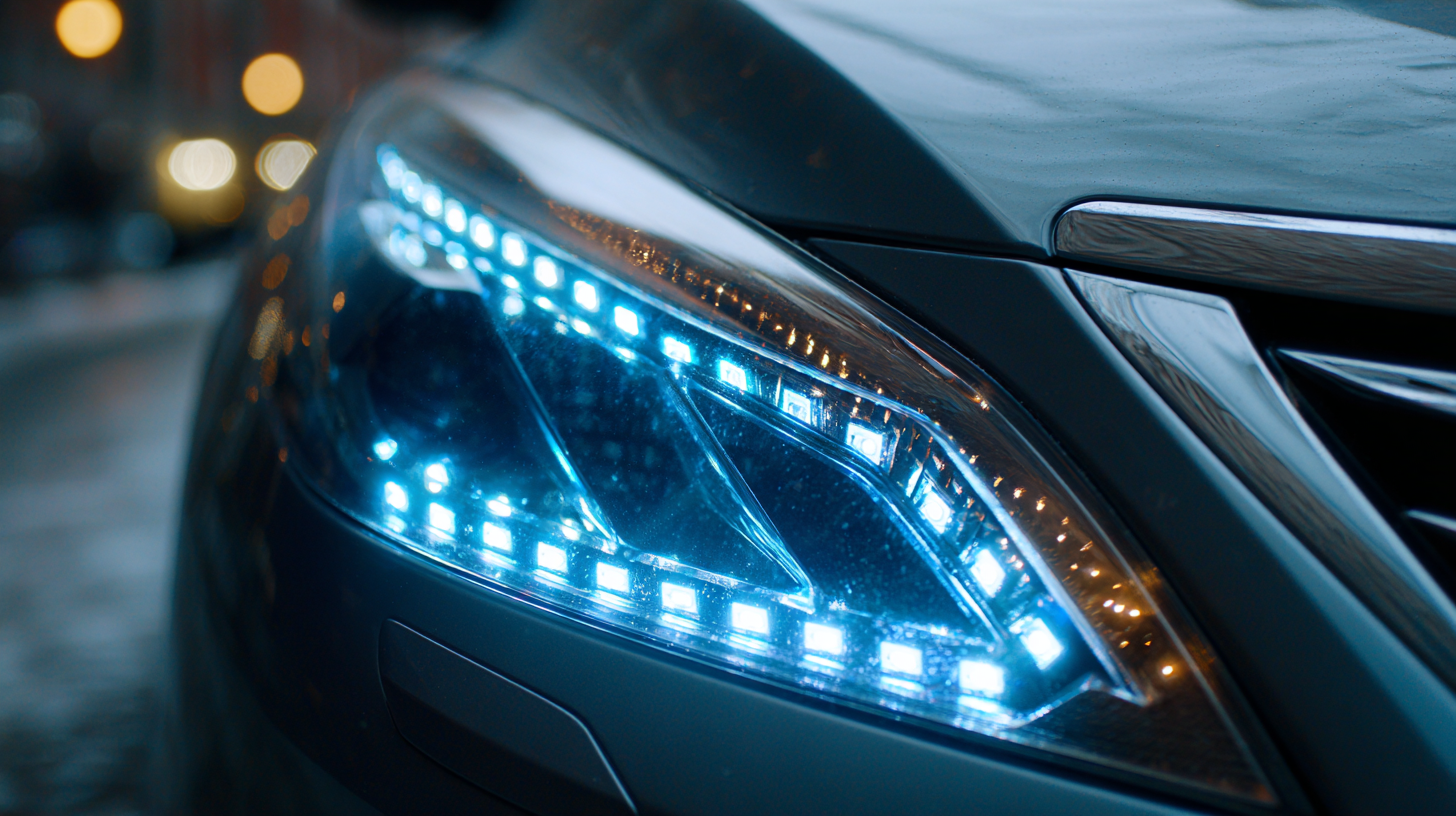 Replacing and upgrading your vehicle's lighting can significantly enhance both visibility and aesthetics. To begin the installation process, gather the necessary tools, which typically include screwdrivers, a socket wrench, and a clean cloth to handle the bulbs. Start by consulting your vehicle’s manual to locate the specific type of lighting you are replacing—be it headlights, taillights, or interior lights. This information is crucial, as it ensures you purchase compatible LED bulbs to suit your vehicle's requirements.
Replacing and upgrading your vehicle's lighting can significantly enhance both visibility and aesthetics. To begin the installation process, gather the necessary tools, which typically include screwdrivers, a socket wrench, and a clean cloth to handle the bulbs. Start by consulting your vehicle’s manual to locate the specific type of lighting you are replacing—be it headlights, taillights, or interior lights. This information is crucial, as it ensures you purchase compatible LED bulbs to suit your vehicle's requirements.
Once you have the right LED bulbs, make sure to disconnect the battery to avoid any electrical mishaps. Carefully remove the old bulb by accessing the light housing, which may involve unscrewing or unclipping it. Wear gloves when handling new LED bulbs to prevent oils from your skin affecting their performance. After securing the new bulbs in place, reconnect the battery, and test your lights to ensure everything is functioning correctly. Not only will this upgrade provide brighter illumination, but it can also contribute to energy efficiency, making your vehicle a more eco-friendly option on the road.
The future of automotive lighting technology is being significantly reshaped by innovations in LED systems. As vehicles increasingly embrace advanced driver-assistance systems (ADAS) and autonomous functionalities, the role of LED lights extends beyond illumination. Manufacturers are incorporating smart lighting solutions that utilize advanced sensors and machine learning algorithms to enhance safety and improve user experience. By dynamically adjusting light patterns based on road conditions and traffic scenarios, these systems promise to contribute to safer nighttime driving and better visual communication with other road users.
Emerging trends indicate that the integration of “light + sensing” technologies will redefine the interaction between vehicles and their environment. The smart surfaces that can express emotional cues through lighting will enhance human-vehicle interaction, making the driving experience more intuitive. With the automotive industry on the cusp of a transformation driven by AI and advanced sensor technologies, future LED innovations will not only illuminate our rides but also pave the way for a holistic approach to vehicle perception, connectivity, and safety.
The automotive lighting market is witnessing a significant transformation, driven largely by the integration of LED technologies. With the global motorcycle lighting market projected to grow from $2.34 billion in 2025 to $3.22 billion by 2032, this trend underscores the increasing demand for effective visibility solutions in modern vehicles. LED lighting not only enhances visibility but also contributes to safety by providing brighter and more energy-efficient lighting options. As manufacturers respond to consumer needs for improved safety, the shift towards LED is increasingly evident.
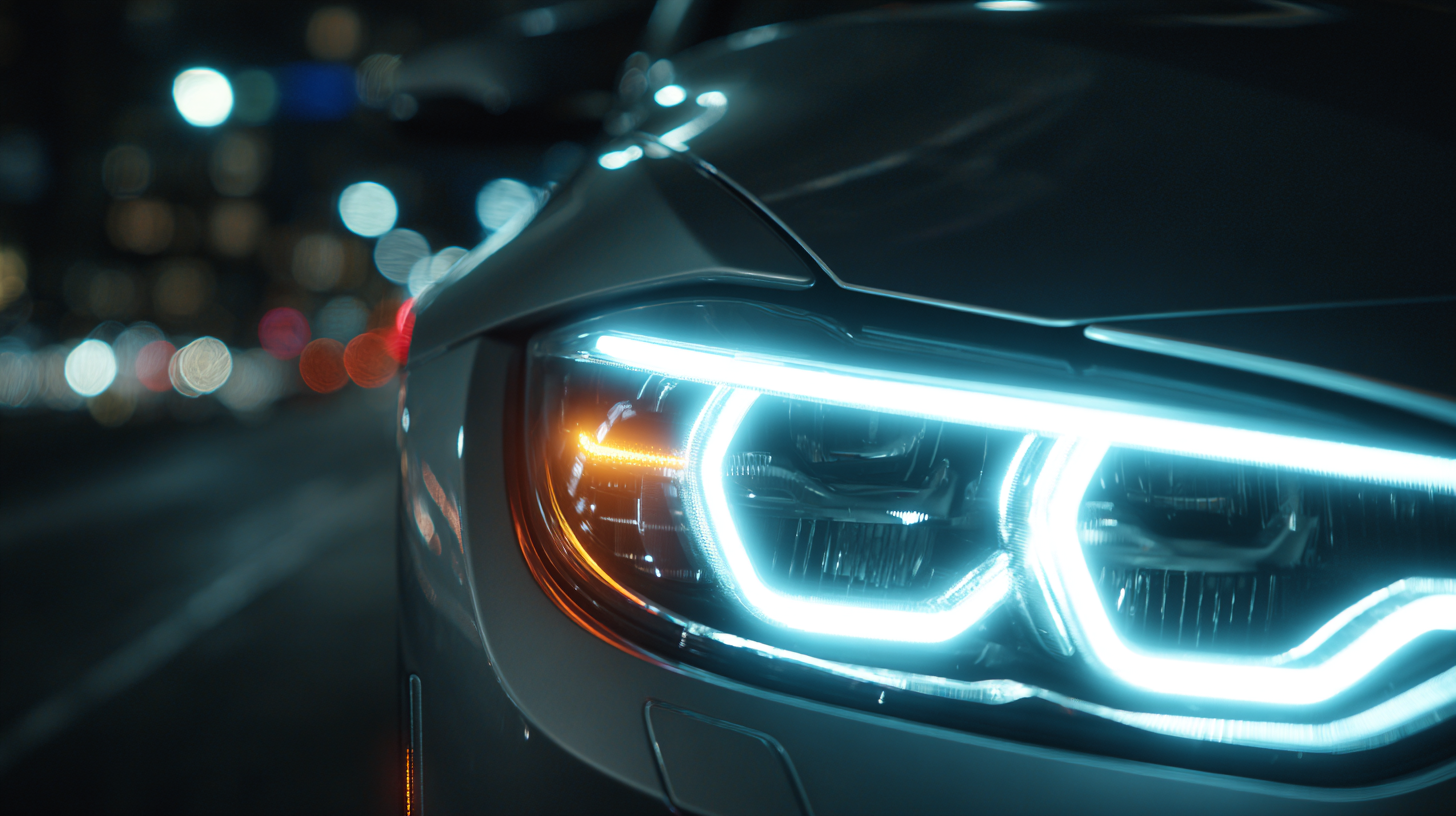
Moreover, the off-highway vehicle lighting market is set to reach approximately $2.58 billion by 2034, highlighting the crucial role of advanced lighting solutions in various applications. As mining operations adopt durable LED lighting systems, we see improved safety and operational efficiency. These innovations are critical for enhancing visibility in conditions previously considered unsafe for workers. Overall, the industry is moving towards smarter, more sustainable lighting technologies that prioritize both safety and efficiency, paving the way for a brighter future in automotive and vehicle lighting solutions.

